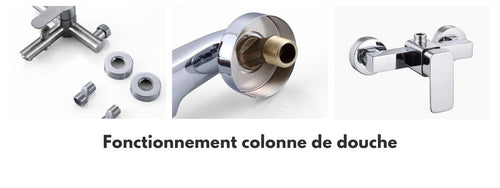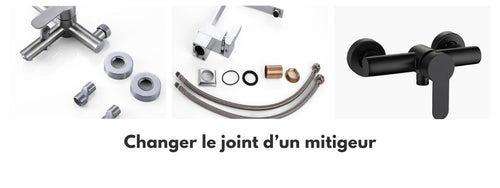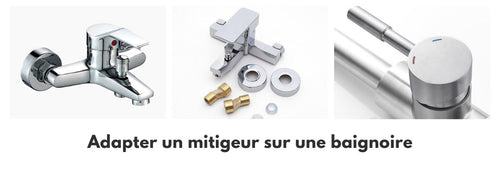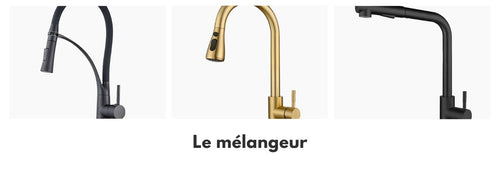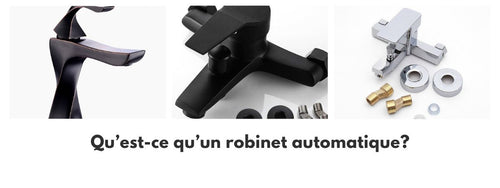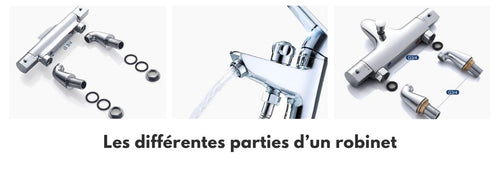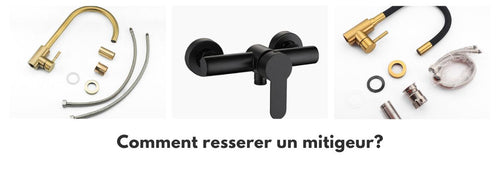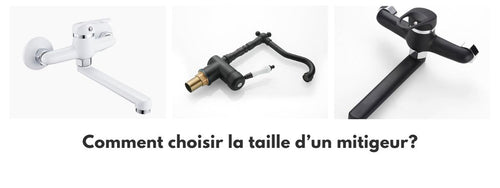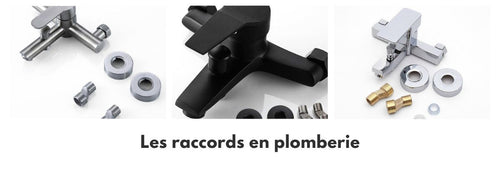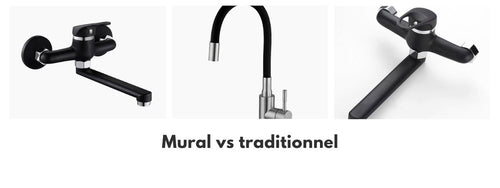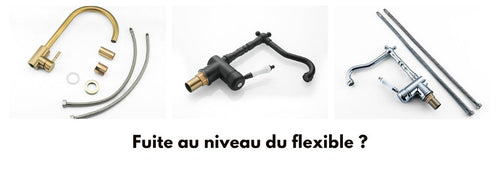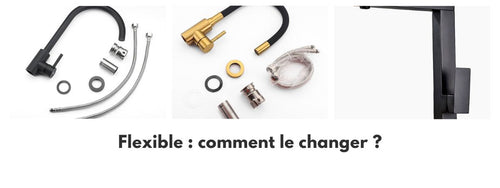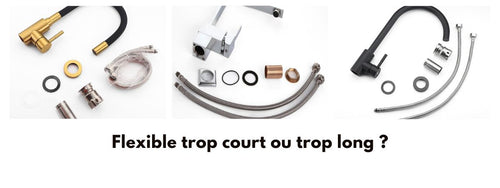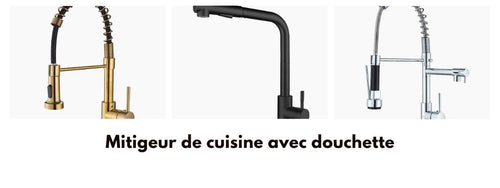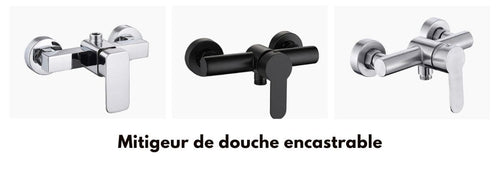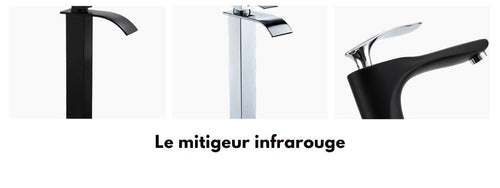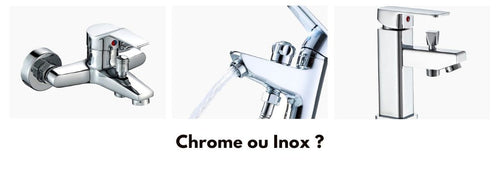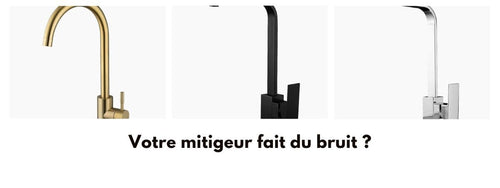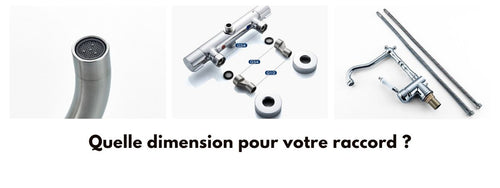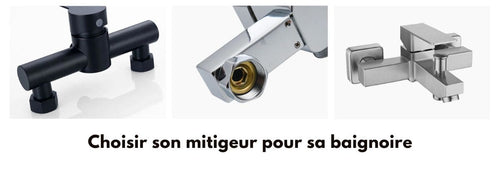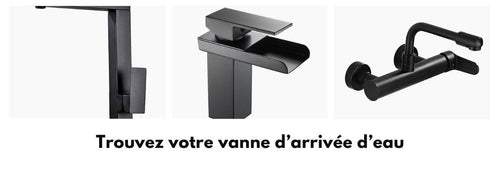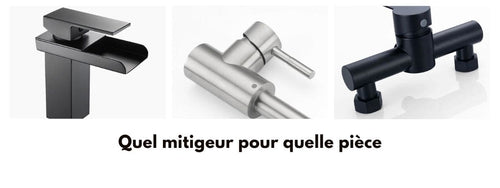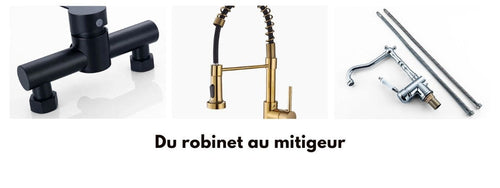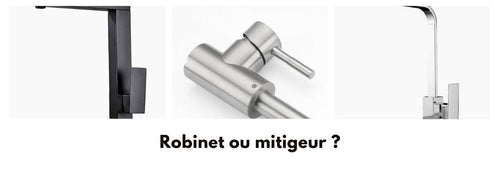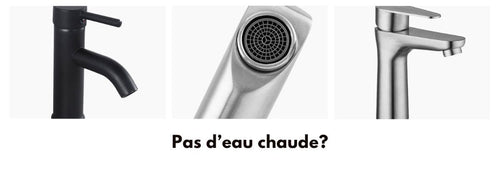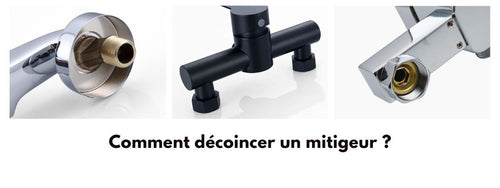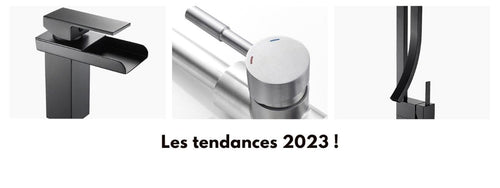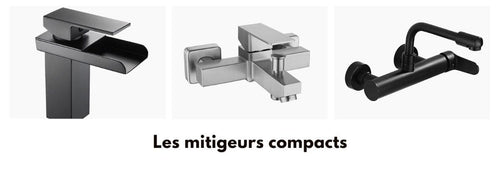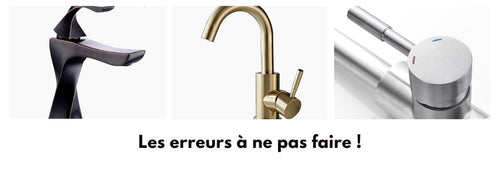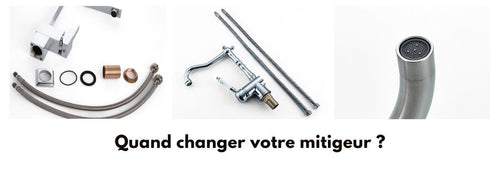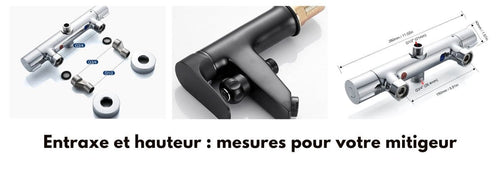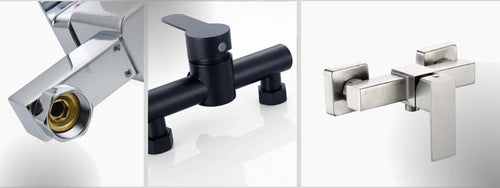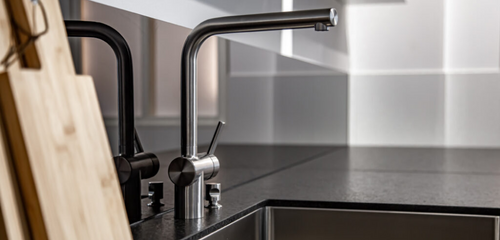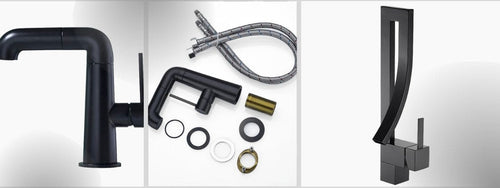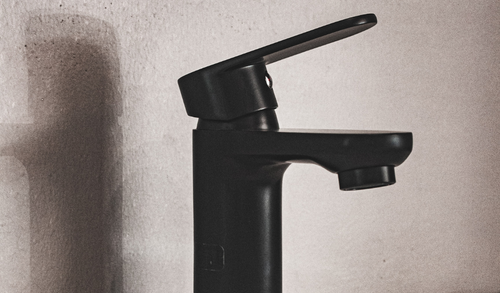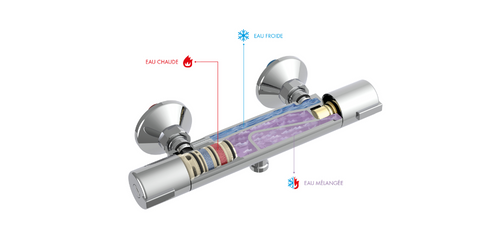In the world of plumbing, choosing the right equipment is essential to ensure the efficiency and longevity of installations. Among the elements to consider when installing a mixer, the choice of the diameter of its supply hose is crucial. In this article, we will help you understand what size of hose is necessary for your mixer and how to make this choice.
The role of hoses in sanitary installations
The mixer hoses are flexible tubes, generally made of stainless steel, that allow easy connection of faucets to hot and cold water supply pipes. They offer great flexibility during installation, making the plumber's job easier and ensuring better sealing.
Why is hose size important?
The hose size directly influences the amount of water that flows through it, and therefore the performance of your faucet. A too small diameter will result in low water pressure and a poor user experience, while a too large diameter can cause sealing problems and increase the risk of leaks. It is therefore crucial to select the appropriate size to ensure that your installation functions properly and lasts over time.
Factors to consider when choosing the diameter of your hose
To choose the diameter of your mixer hose, it is essential to evaluate the following factors:
- Type of mixer: Depending on whether you are purchasing a kitchen mixer, a bathroom mixer, or another sanitary fixture, the specifications vary. It is therefore important to check with the manufacturer what diameter of hose is recommended for your specific model.
- Fitting size: Check the size of the fittings of your piping as well as that of your faucets. This will allow you to choose a hose compatible with your existing installations and ensure a tight connection without leaks.
- Water pressure: The water pressure available in your home can influence the choice of hose diameter. If you have low water pressure, opting for a larger diameter can help increase this pressure and improve the user experience.
Tip:
I recommend choosing a hose whose size is slightly larger than that of the supply pipes and fittings to which it will be connected. This compensates for the potential decrease in water flow due to the elbows and fittings present in your installation, ensuring an optimal user experience.
Different hose sizes and their specificities
Several hose diameters are available on the market, each adapted to a particular use:
- 8 mm hose: Suitable for installations with low water pressure or for simple faucets, it is mainly used for sinks and basins that require a medium water flow.
- 10 mm hose: This hose is suitable for standard installations, such as bathroom and kitchen mixers. It ensures a good balance between water flow and sealing.
- 12 mm hose: Ideal for installations with high water pressure, this hose allows for a significant flow and also offers better resistance to high water pressures.
- 15 mm hose: Used for industrial installations or in public spaces that require a very high water flow, this type of hose is generally reserved for professionals and is not recommended for domestic installations.
It should be noted that these dimensions refer to the inner diameter of the hose, i.e., the space through which the water flows. The outer diameter, on the other hand, is slightly larger due to the thickness of the protective sheath.
How to measure the diameter of your current hose?
If you want to replace a defective hose and do not know which diameter to choose, it is possible to measure that of your current hose. Follow these steps:
- Turn off the water to avoid the risk of leaks.
- Unscrew the defective hose.
- Accurately measure the inner diameter of the hose using a caliper or a graduated ruler.
- Note the measurement and refer to the indications given previously to choose the correct replacement diameter.
Choosing the right diameter for your mixer hose ensures good water pressure and an optimal user experience. Take into account the specificities of your sanitary installation and follow the advice given in this article to make the right choice. Do not hesitate to consult the manufacturer of your faucets if you have any questions or doubts regarding the appropriate diameter for your mixer.


